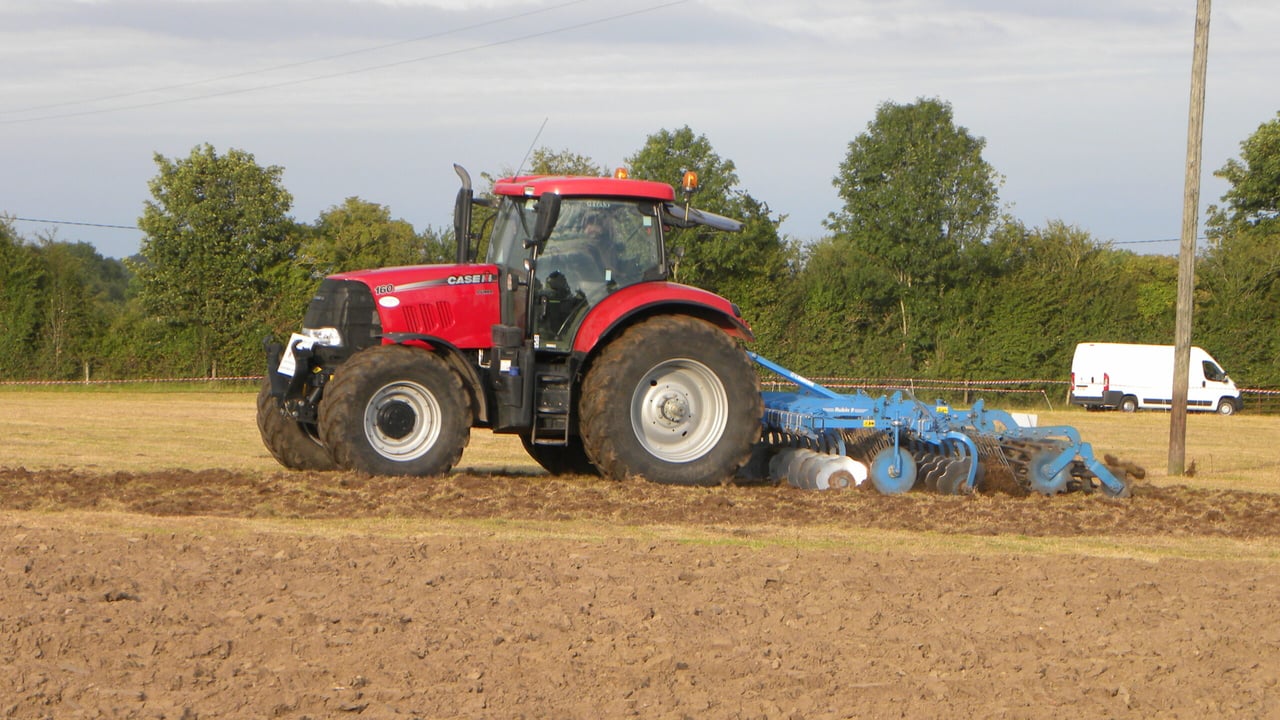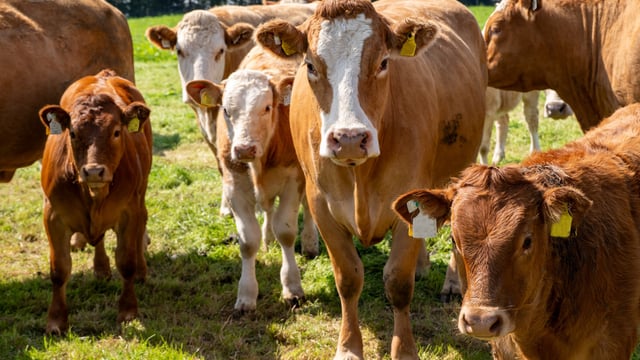Top tips for autumn reseeding from Teagasc
It is vital that reseeding is carried out during August, Teagasc says, due to soil conditions deteriorating as we move into September.
Lower soil temperatures can lower seed germination, according to Teagasc, and variable weather conditions can reduce the opportunities for post-emergence spray application and grazing the new sward.
Testing the soil for its nutrient requirements and using only grass seed from the Department of Agriculture, Food and the Marine (DAFM) recommended list are just some of the tips for reseeding from Teagasc.
Reseeding is one of the most cost effective on-farm investments, according to Teagasc, with the increased profitability of the reseeded paddocks covering their own reseeding cost in just over two years.
Paddocks with a low proportion of perennial ryegrass are costing farmers up to €300/ha per year due to a loss of grass dry matter production and reduced nitrogen use efficiency during the growing season saysTeagasc.
White clover is becoming commonly used in perennial ryegrass swards due to environmental regulations and as well as the increased nitrogen (N) fertiliser prices.
In a perennial ryegrass sward, clover has been shown to increase animal dry matter (DM) intake at grazing which can lead to higher liveweight gain.
The proportion of clover in swards varies depending on the time of year and sward management according to Teagasc.




